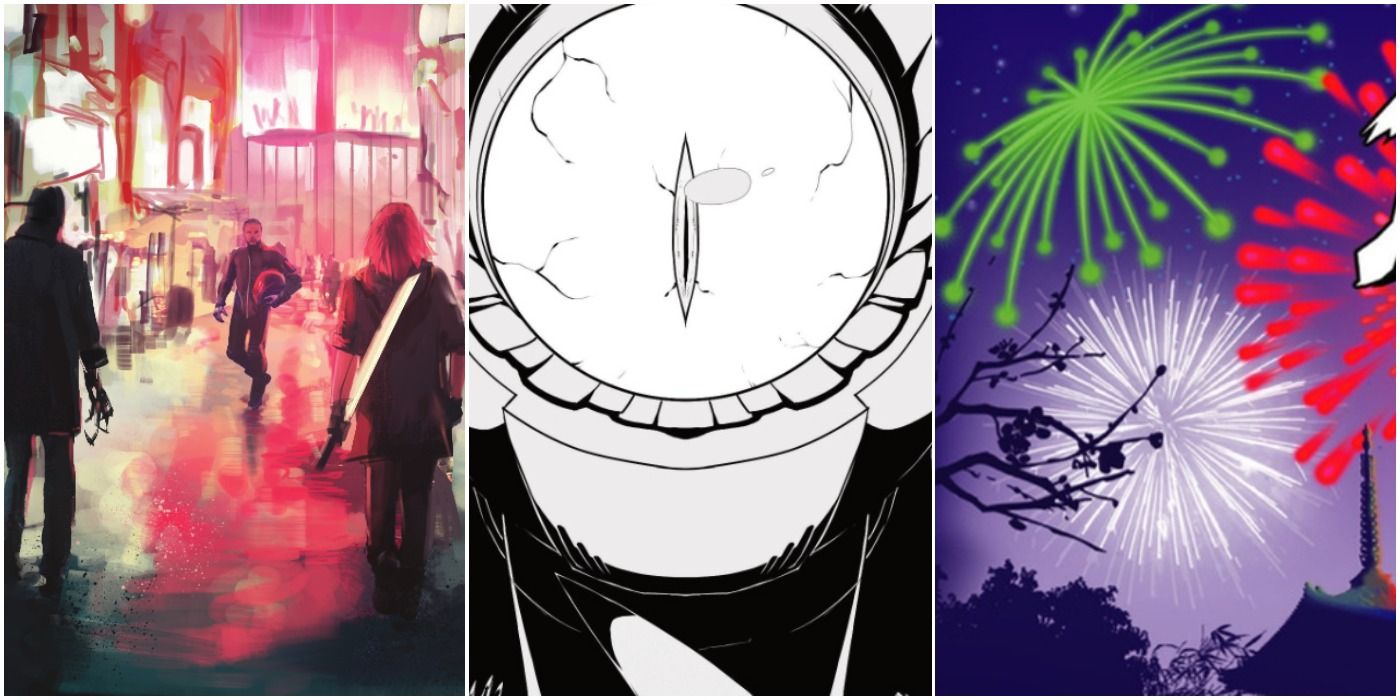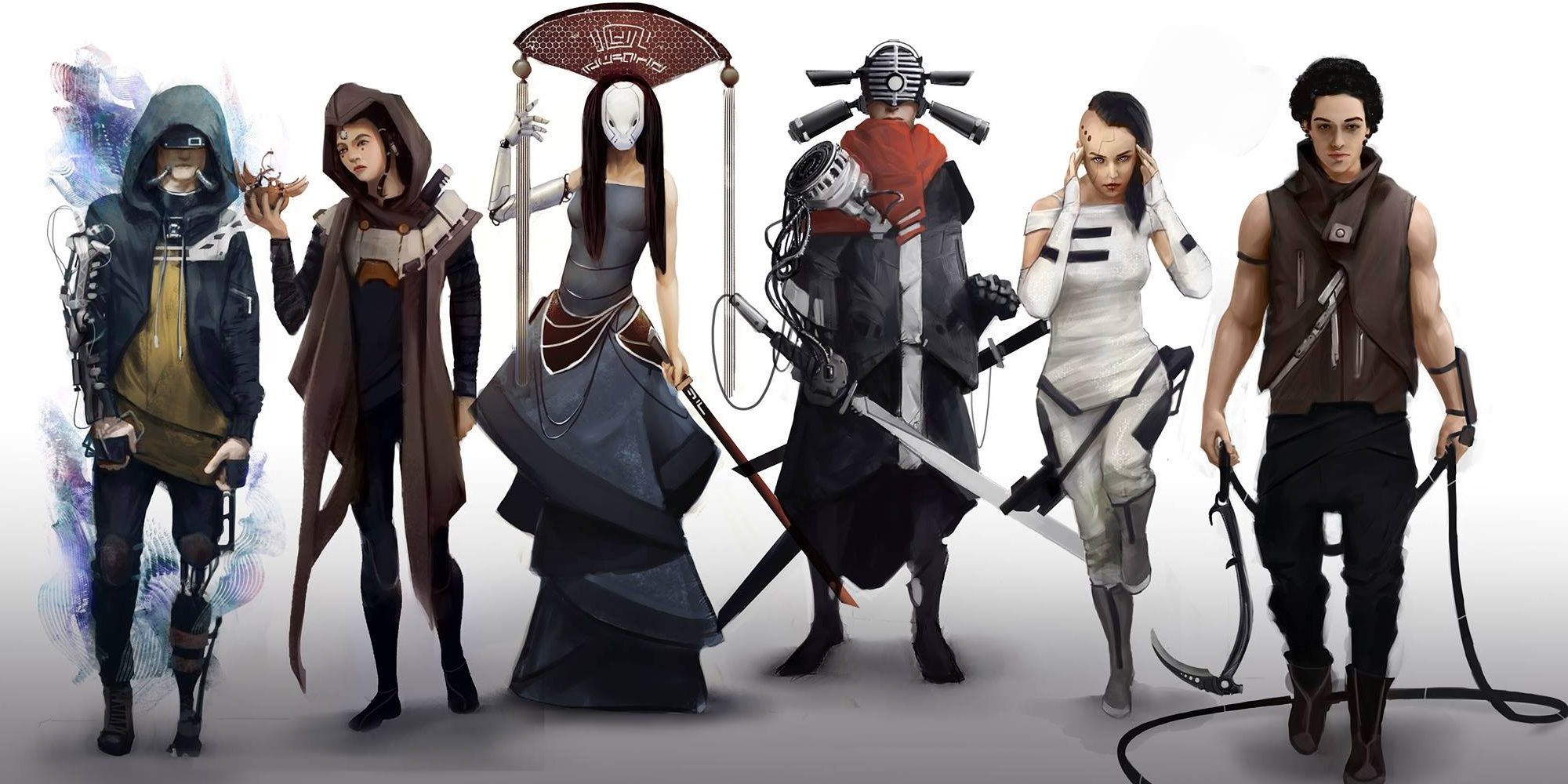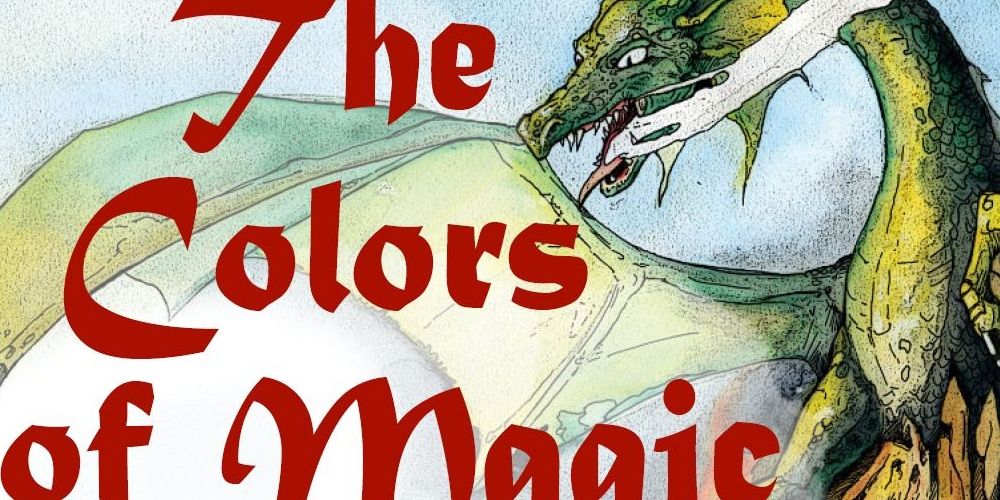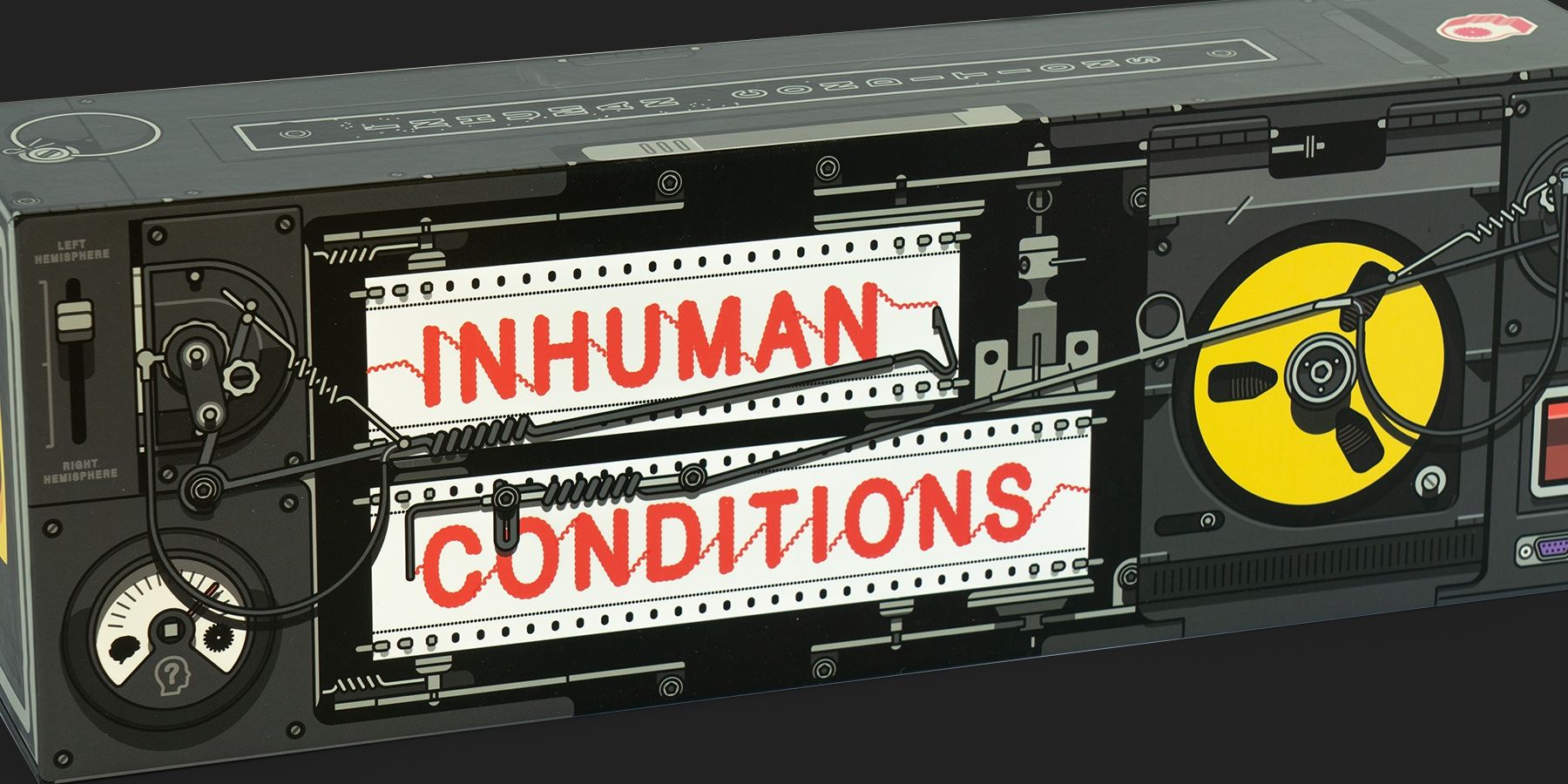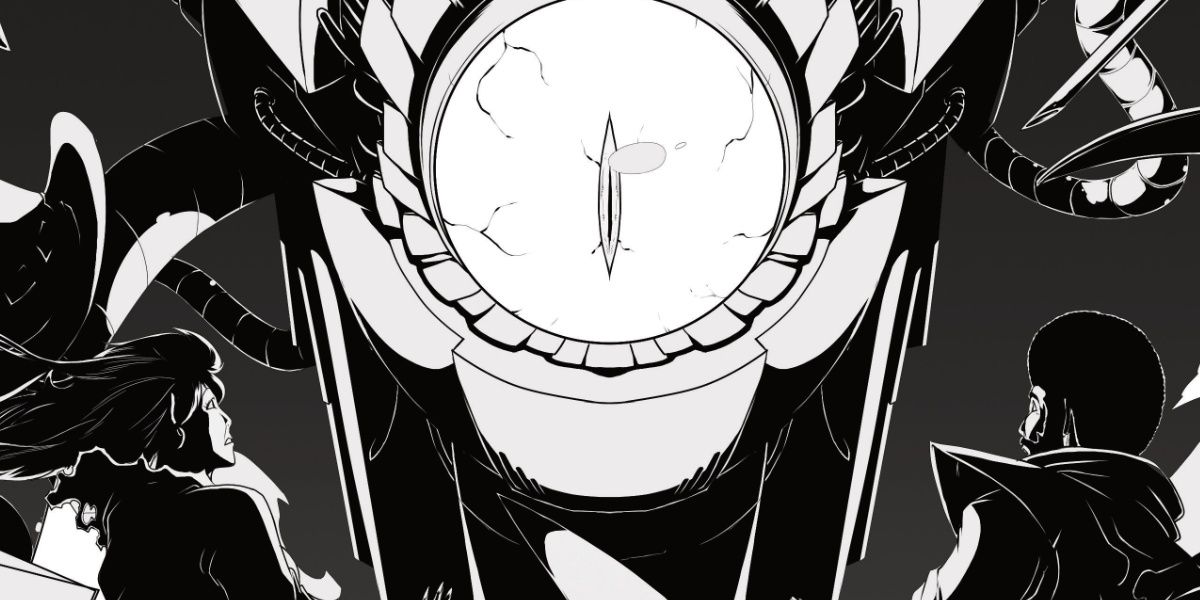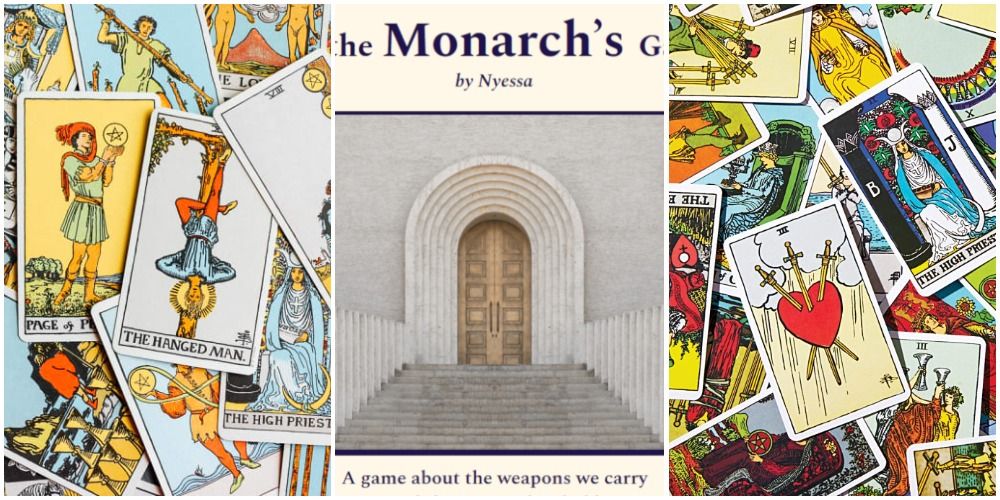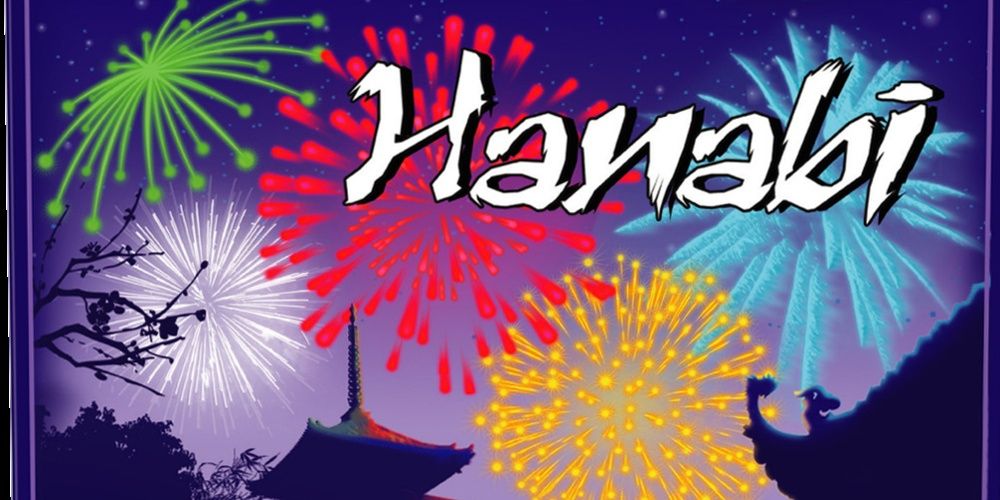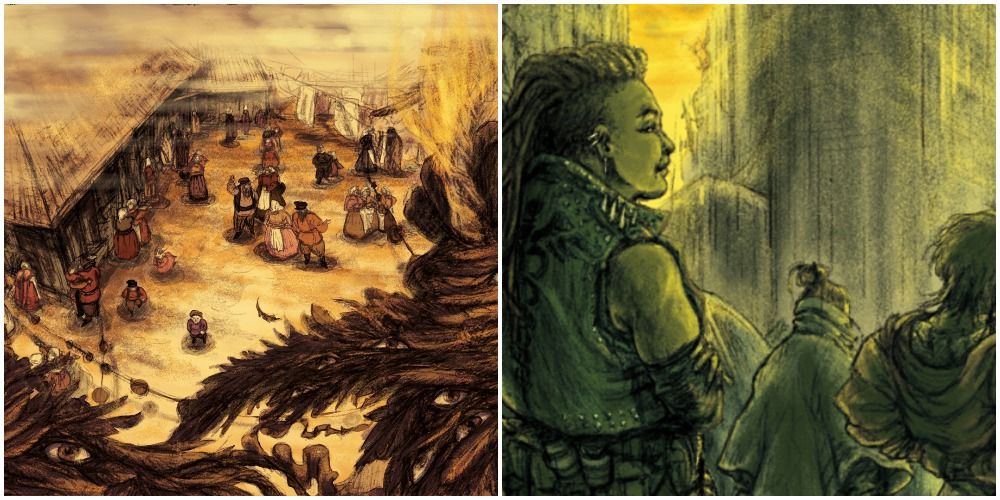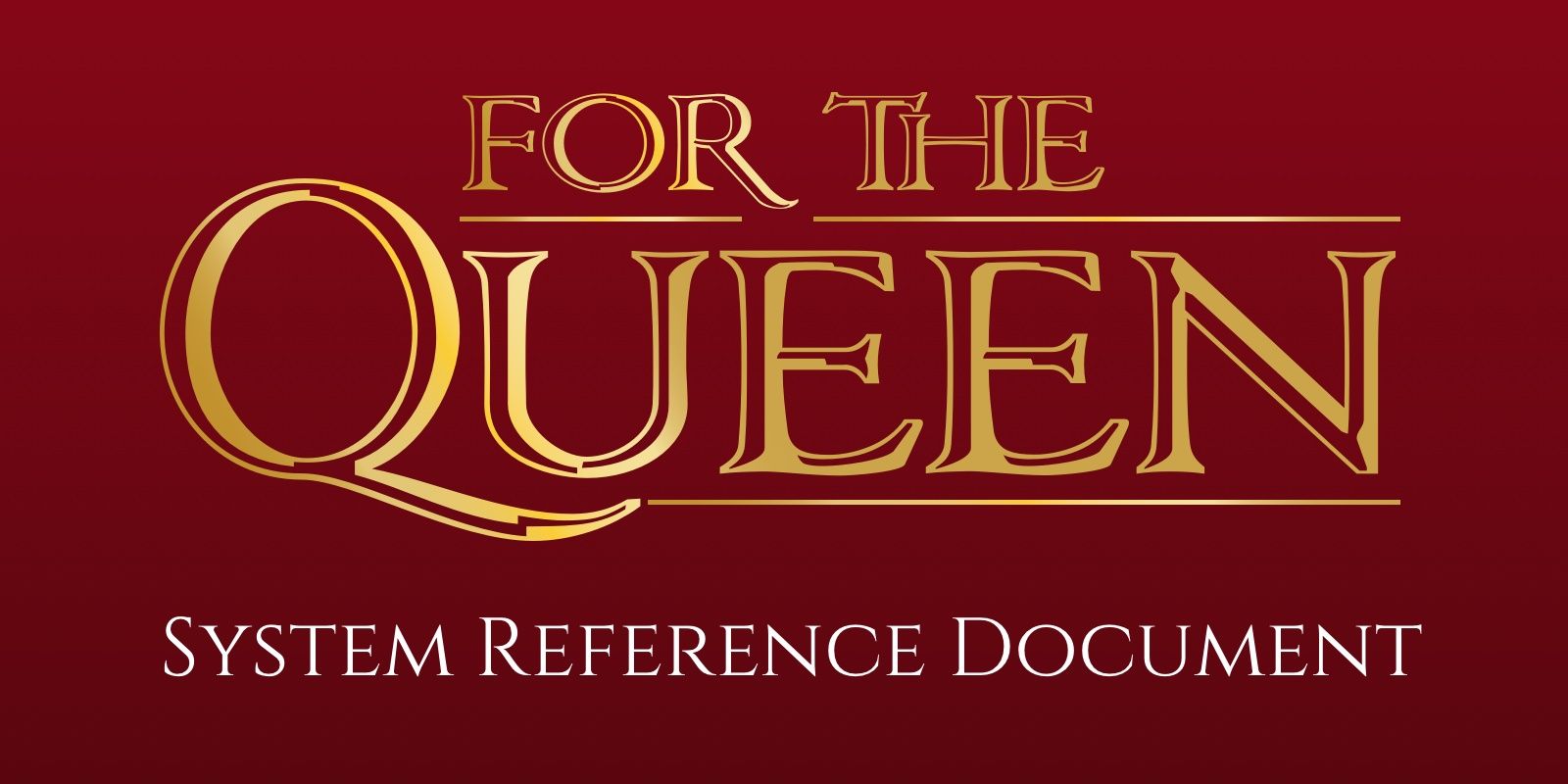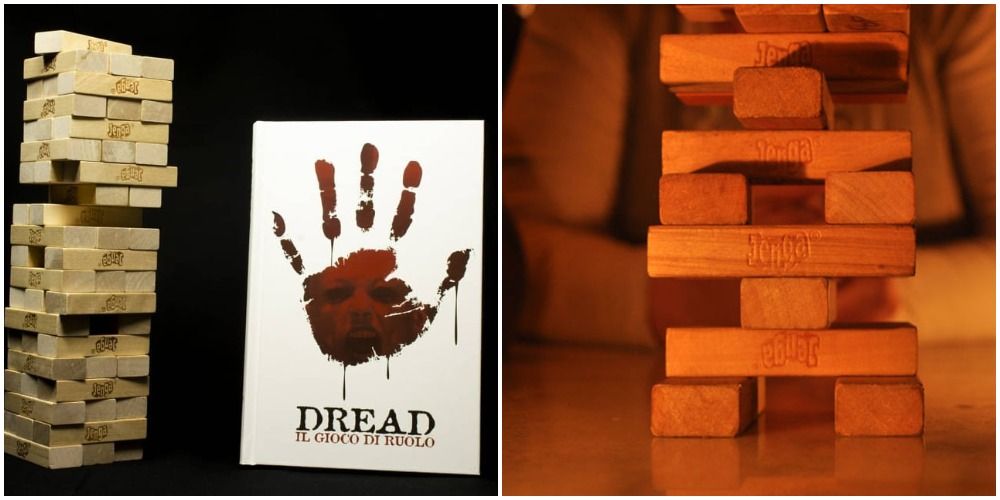Many roleplaying games use a shared set of mechanics to build their rules on. This allows players familiar with one game to easily make the transition to another. Common systems include the d20 system used by Dungeons and Dragons, the Powered by the Apocalypse system pioneered in Apocalypse World, or dice pool systems like those in the World of Darkness or Shadowrun games.
Even board and card games often share similar mechanics, with each game presenting its own spin. But some games go above and beyond when it comes to imaginative mechanics. These games put a major twist on the traditional mechanical frameworks or introduce totally new ones. Whatever the case, games like these can be a breath of fresh air for players looking to try something new.
10 The Veil By Fraser Simons Uses Emotions As Stats
This Powered by the Apocalypse game generally uses the system in a familiar way: 2d6 rolled to determine outcomes, a playbook-based character system, and a narrative focus. Where The Veil really stands out though is its stat system.
Rather than familiar stats such as Strength or Wisdom, The Veil promotes introspection by having each stat be an emotional state. Before rolling, a player considers how their character feels about the situation, and adds the appropriate state to their roll. This encourages players to be in tune with their characters' inner lives at all times.
9 Colors of Magic Has Players Eating Candies Instead Of Rolling Dice
In this high fantasy game, players take on the role of epic heroes and face off against incredible adversaries. Rather than using dice, however, this game uses a delicious conflict resolution mechanic: Candy.
The game begins with a shared pool of colored candies, with each color representing an outcome in varying shades of favorable to unfavorable. When the result of an action is uncertain, a player chooses a color and the action resolves accordingly. The limited pool means that players only have so many successes to use, building a dramatically satisfying story full of ups and downs.
8 Inhuman Conditions Is A Tense Interrogation
Inspired by the Voigt-Kampff test in Blade Runner, Tommy Maranges and Cory O'Brien's Inhuman Conditions is normally a two player game but is best played in multiple rounds in a larger group. One player takes on the role of investigator, while their opponent is secretly assigned either human, patient robot, or violent robot.
The investigator asks a series of questions and compares their opponent's responses against a pre-set list of rules, trying to determine if they are a robot or a human. Patient robots and humans are just trying to make it through, but violent robots have their own list of conditions that allow them to kill the investigator.
7 Race Against Time In Mage Against The Machine
Time-traveling wizards race to stop the robot apocalypse before it ever happened in this GM-less narrative game by Jordan Palmer. This game begins with players creating their wizards and a collection of scenes important to their lives.
As they travel back in time to avert catastrophe, they alter the timelines slightly, causing potentially dangerous ripples. In the final phase of the game, players roll dice based on their adventure to determine whether their original memories remain intact, are altered, or never even happened in the newly saved timeline.
6 At The Monarch's Gate Uses Tarot Cards For Inspiration
This game by Nyessa uses Tarot cards to tell its story. Many narrative RPGs will incorporate Tarot decks to resolve actions, but At The Monarch's Gate uses them slightly differently. The game takes place just before an important meeting with a powerful figure, and each character must reveal their weapons and surrender them to the gate guard.
As each weapon is revealed, a card is drawn to inspire the story behind it and its exploits. No knowledge of Tarot meaning is needed, and players are encouraged to draw inspiration from the art of their chosen deck.
5 Hanabi Is A Tense Co-Op Game
Hanabi by Antoine Bauza is a cooperative card game that puts a big twist on traditional card games: Players play with their cards facing away from them, so everyone knows what cards everyone else has.
The game requires using a limited number of hints to give other players information about their hands and playing cards in a certain specific order. The premise is that the players are building fireworks, and only three mistakes can be made before the whole display goes up in smoke.
4 Work Together To Tell A Story In Belonging Outside Belonging Games
The narrative-based roleplaying system know as Belonging Outside Belonging started with Dream Askew and Dream Apart by Avery Alder, and has been utilized by a number of other incredible game designers. The system uses the philosophy of "no dice, no masters" to encourage communal storytelling and shared narrative agency.
The title refers to the system's stated intention of helping to tell stories of marginalized communities finding their own ways to survive and thrive either outside of or hidden within the dominant culture.
3 For The Queen Uses Custom Cards To Prompt A Story
A game of court intrigue and interpersonal maneuvering, Alex Roberts' For the Queen is a card-based narrative game that tells the story of a royal retinue accompanying their Queen on an important diplomatic journey. Play begins by choosing from a selection of beautifully illustrated Queen cards to guide the story's tone.
Each turn, a player draws a card with a question or prompt, and they narrate their character's reaction to the situation. Other games have since adapted this structure, under the broader title of For the Drama games.
2 This Discord Has Ghosts In It Uses The Internet To Its Full Extent
Designed by Adam Vass and Will Jobst, This Discord Has Ghosts In It is a storytelling game designed from the ground up to be playable online. It uses a Discord server to simulate the layout of a haunted house, with different text channels serving as the different rooms and a voice chat functioning as the players' walkie-talkies.
Players playing as ghosts type spooky haunts into the chat to guide the investigators toward discovering their true names and finally laying them to rest.
1 Dread Is Horror Like No Other
Dread is a horror RPG that uses a physical prop to simulate the impending doom of its characters: A Jenga-style tower. Each time a player needs to attempt something dangerous, they must pull a block from the tower, slowly but surely degrading its structural integrity— conveying the metaphor of trying to resolve a situation before everything (the tower) comes crashing down.
The rising tension from having the source of doom immediately present at the table makes this game a blast to play and wholly unlike any other horror RPG.

